Combining Spin-Seebeck and Nernst Effects in Aligned MnBi/Bi Composites
Abstract
:1. Introduction
2. Materials and Methods
2.1. Material Synthesis
2.2. Composition Characterization
2.3. Magnetic Characterization
2.4. Transport Measurements
3. Results
4. Conclusions
Author Contributions
Funding
Acknowledgments
Conflicts of Interest
References
- Uchida, K.; Takahashi, S.; Harii, K.; Ieda, J.; Koshibae, W.; Ando, K.; Maekawa, S.; Saitoh, E. Observation of the spin Seebeck effect. Nature 2008, 455, 778–781. [Google Scholar] [CrossRef]
- Jaworski, C.M.; Yang, J.; Mack, S.; Awschalom, D.D.; Heremans, J.P.; Myers, R.C. Observation of the spin-Seebeck effect in a ferromagnetic semiconductor. Nat. Mater. 2010, 9, 898–903. [Google Scholar] [CrossRef]
- Uchida, K.I.; Adachi, H.; Ota, T.; Nakayama, H.; Maekawa, S.; Saitoh, E. Observation of longitudinal spin-Seebeck effect in magnetic insulators. Appl. Phys. Lett. 2010, 97, 1–3. [Google Scholar] [CrossRef]
- Prakash, A.; Brangham, J.; Yang, F.; Heremans, J.P. Spin Seebeck effect through antiferromagnetic NiO. Phys. Rev. B 2016, 94, 1–5. [Google Scholar] [CrossRef] [Green Version]
- Jaworski, C.M.; Myers, R.C.; Johnston-Halperin, E.; Heremans, J.P. Giant spin Seebeck effect in a non-magnetic material. Nature 2012, 487, 210–213. [Google Scholar] [CrossRef] [PubMed]
- Boona, S.R.; Myers, R.C.; Heremans, J.P. Spin caloritronics. Energy Environ. Sci. 2014, 7, 885–910. [Google Scholar] [CrossRef]
- Heremans, J.P. Thermal spin transport and spin in thermoelectrics. arXiv 2020, arXiv:2001.06366. [Google Scholar]
- Watzman, S.J.; Duine, R.A.; Tserkovnyak, Y.; Boona, S.R.; Jin, H.; Prakash, A.; Zheng, Y.; Heremans, J.P. Magnon-drag thermopower and Nernst coefficient in Fe, Co, and Ni. Phys. Rev. B 2016, 94, 144407. [Google Scholar] [CrossRef] [Green Version]
- He, B.; Şahin, C.; Boona, S.R.; Sales, B.C.; Felser, C.; Flatté, M.E.; Heremans, J.P. Magnon Drag Induced Giant Anomalous Nernst Effect in Single Crystal MnBi. arXiv 2020, arXiv:2009.02211. Available online: https://arxiv.org/abs/2009.02211 (accessed on 1 October 2020).
- Boona, S.R.; Vandaele, K.; Boona, I.N.; McComb, D.W.; Heremans, J.P. Observation of spin Seebeck contribution to the transverse thermopower in Ni-Pt and MnBi-Au bulk nanocomposites. Nat. Commun. 2016, 7, 1–7. [Google Scholar] [CrossRef] [PubMed] [Green Version]
- Şahin, C.; Flatté, M.E. Tunable Giant Spin Hall Conductivities in a Strong Spin-Orbit Semimetal: Bi1−xSbx. Phys. Rev. B 2015, 114, 107201. [Google Scholar]
- Guillaud, C. Propriétés magnétiques des ferrites. Phys. Radium 1951, 12, 239–248. [Google Scholar] [CrossRef]
- Guillaud, C. Polymorphism of the compound defined Mn Bi at the temperatures of disappearance and reappearance of spontaneous magnetization. J. Phys. Radium 1951, 12, 143. [Google Scholar]
- Williams, H.J.; Sherwood, F.G.; Kelley, E.M. Magnetic Writing on Thin Films of MnBi. J. Appl. Phys. 1957, 28, 1181. [Google Scholar] [CrossRef]
- Poudyal, N.; Liu, J.P. Advances in nanostructured permanent magnets research. J. Phys. D Appl. Phys. 2013, 46, 043001. [Google Scholar] [CrossRef]
- Chen, Y.C.; Gregori, G.; Leineweber, A.; Qu, F.; Chen, C.C.; Tietze, T.; Kronmüller, H.; Schütz, G.; Goering, E. Unique high-temperature performance of highly condensed MnBi permanent magnets. Scr. Mater. 2015, 107, 131–135. [Google Scholar] [CrossRef]
- Wachtel, E.; Damm, R. Bismuth-Manganese Binary Alloy Phase Diagram (based on 1980 Pirich R.G.). 2007. Available online: https://www.asminternational.org/home/-/journal_content/56/10192/APD-BI-MN-902238/APD-DATA-SHEET (accessed on 15 July 2018).
- Yim, W.M.; Stofko, E.J. Preparation and properties of eutectic Bi-MnBi single crystals. J. Appl. Phys. 1967, 38, 5211–5216. [Google Scholar] [CrossRef]
- Van Goor, J.M.N.; Zijlstra, H. Structural and Magnetic Properties of a Bi-MnBi Composite Structural and Magnetic Properties of a Bi-MnBi Composite. J. Appl. Phys. 1968, 39, 5471. [Google Scholar]
- Chen, T.; Stutius, W.E. The phase transformation and physical properties of MnBi and Mn1.08Bi compounds. IEEE Trans. Magn. 1974, 10, 581. [Google Scholar]
- Liu, Y.; Zhang, J.; Jia, G.; Zhang, X.; Ren, Z.; Li, X.; Jing, C.; Cao, S.; Deng, K. Magnetic anisotropy properties and spin reorientation for textured Bi-Mn alloys fabricated by a field-inducing technique. Phys. Rev. B Condens. Matter Mater. Phys. 2004, 70, 1–6. [Google Scholar]
- Liu, Y.; Zhang, J.; Cao, S.; Zhang, X.; Jia, G.; Ren, Z.; Li, X.; Jing, C.; Deng, K. Microstructure, crystallization, and magnetization behaviors in MnBi-Bi composites aligned by applied magnetic field. Phys. Rev. B Condens. Matter Mater. Phys. 2005, 72, 1–7. [Google Scholar]
- Kang, K.; Lewis, L.H.; Moodenbaugh, A.R. Alignment and analyses of MnBiBi nanostructures. Appl. Phys. Lett. 2005, 87, 062505. [Google Scholar]
- Boona, S.R.; Wooten, B.; Vandaele, K.; Heremans, J.P. Co-evolution of Microstructure and Magnetic Properties in Magnetically Aligned MnBi-Bi Composites. Microsc. Microanal. 2019, 25, 1710–1711. [Google Scholar] [CrossRef] [Green Version]
- Gallo, C.F.; Chandrasekhar, B.S.; Sutter, P.H. Transport Properties of Bismuth Single Crystals. J. Appl. Phys. 1963, 34, 144. [Google Scholar] [CrossRef]
- Adams, M.J.; Heremans, J.P. Thermoelectric composite with enhanced figure of merit via interfacial doping. Funct. Compos. Mater. 2020, 1, 1–6. [Google Scholar] [CrossRef]
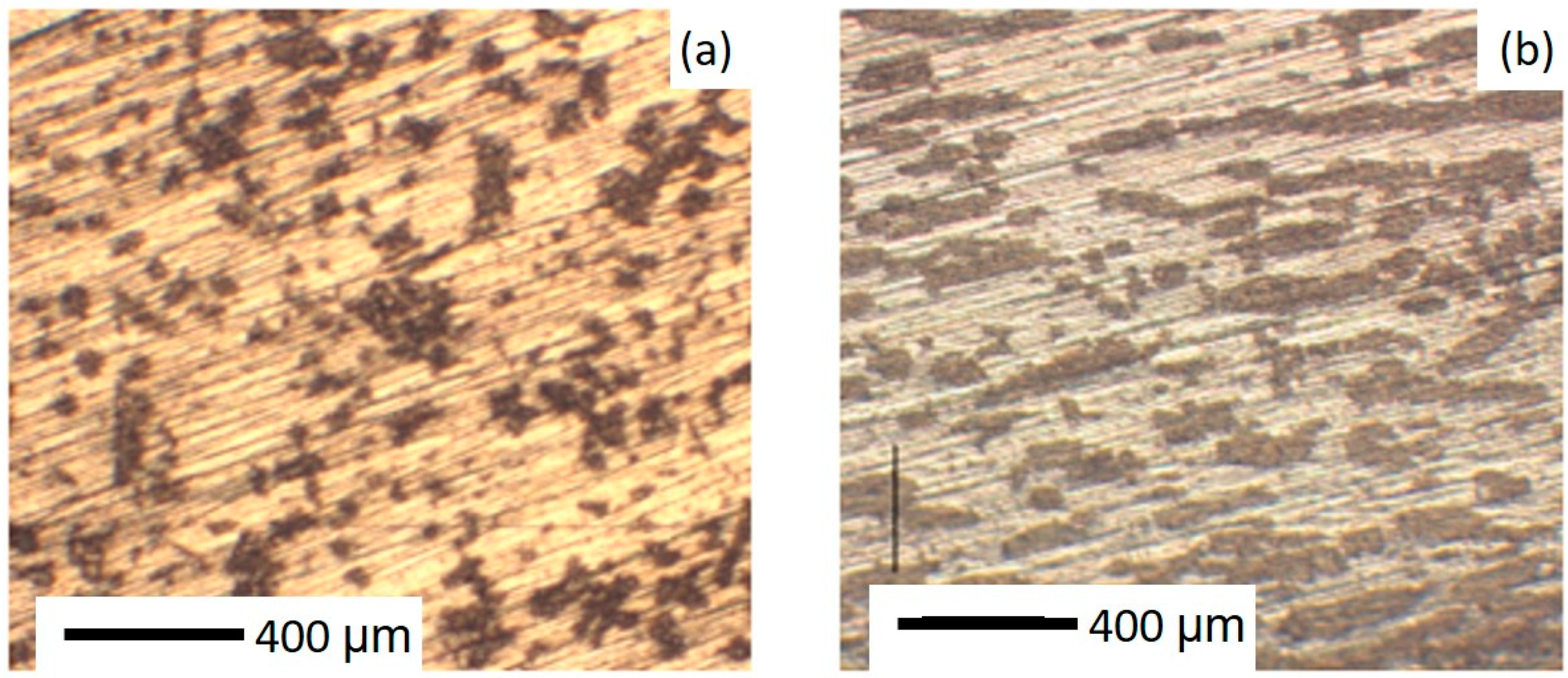
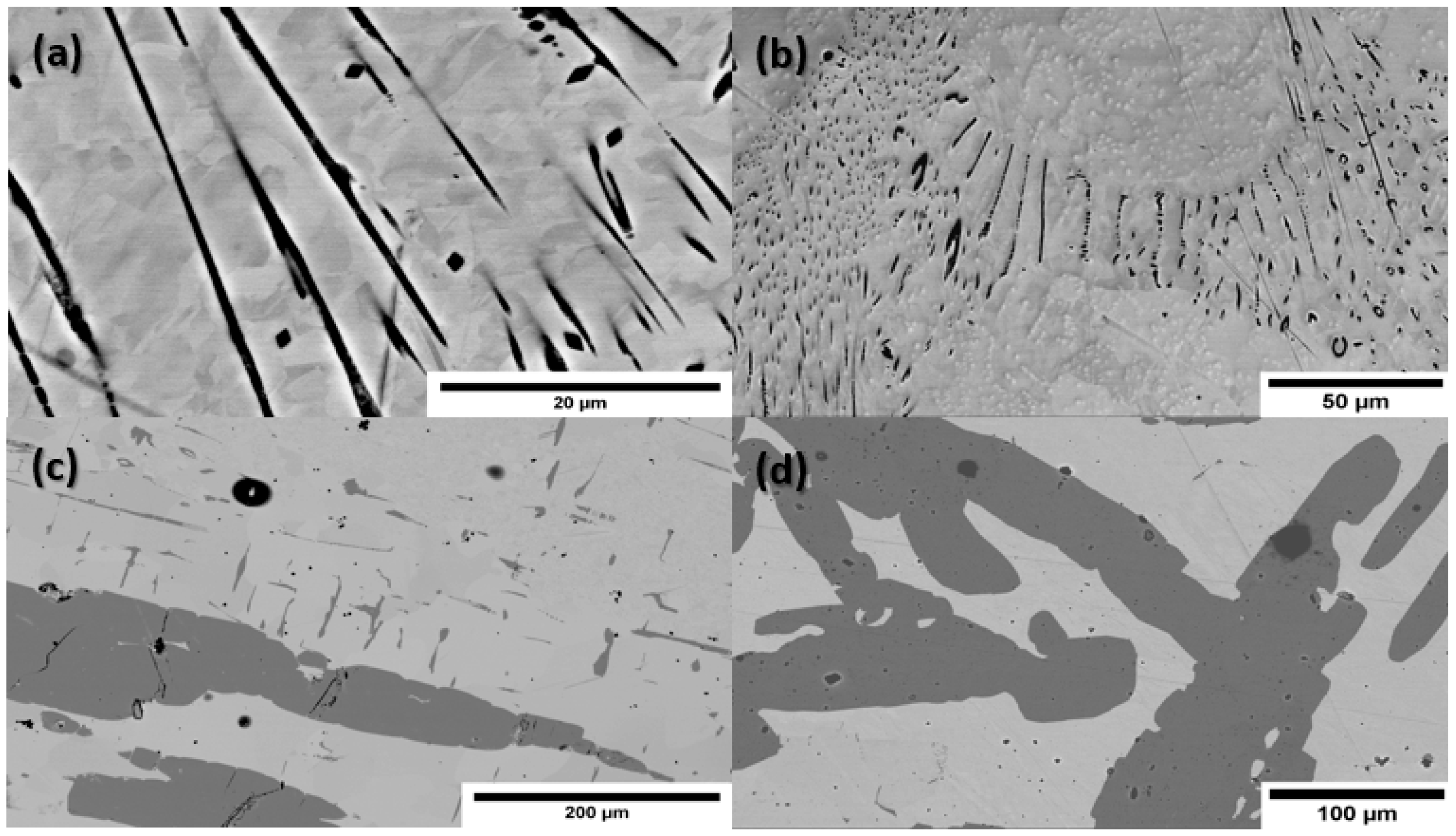
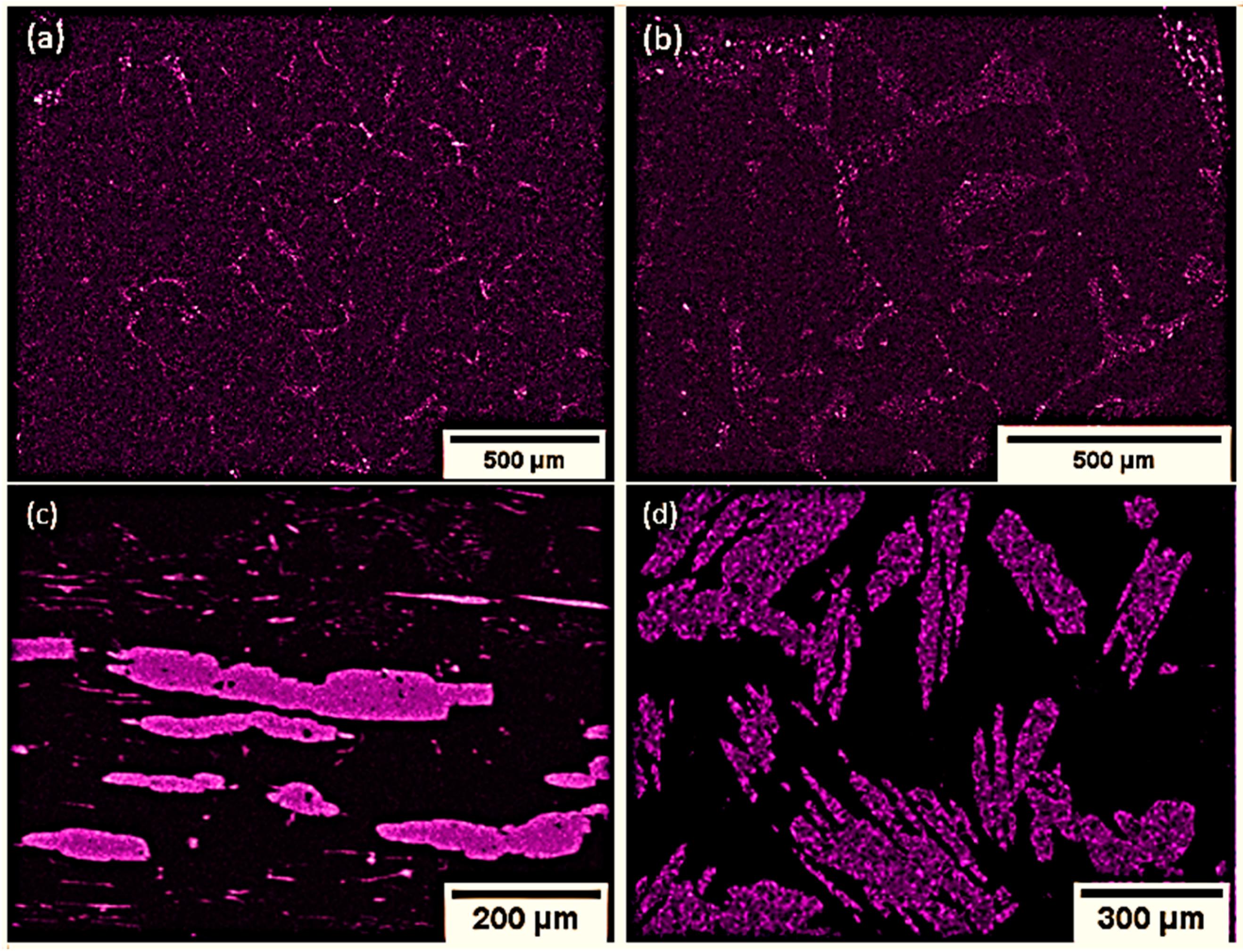

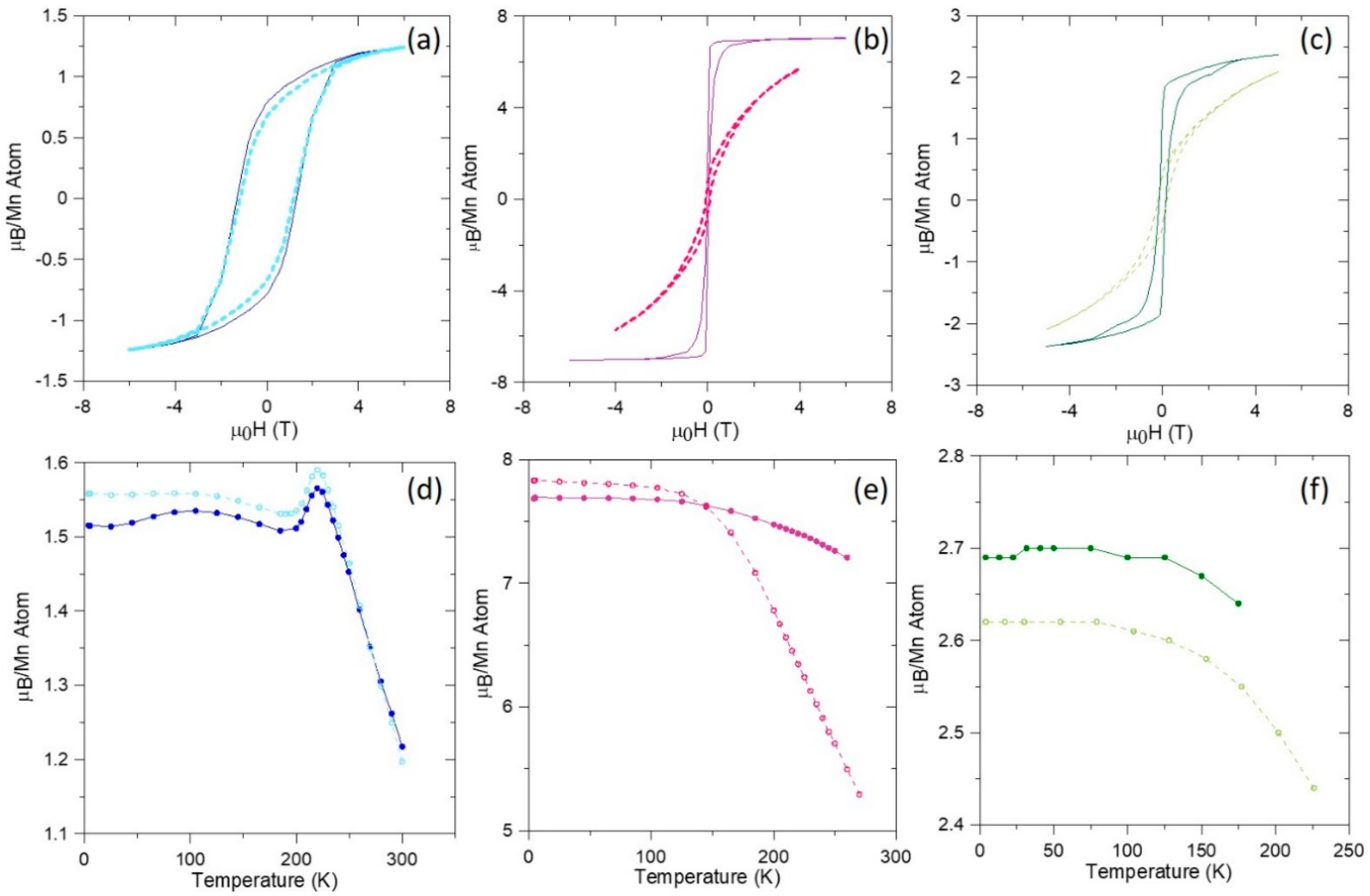
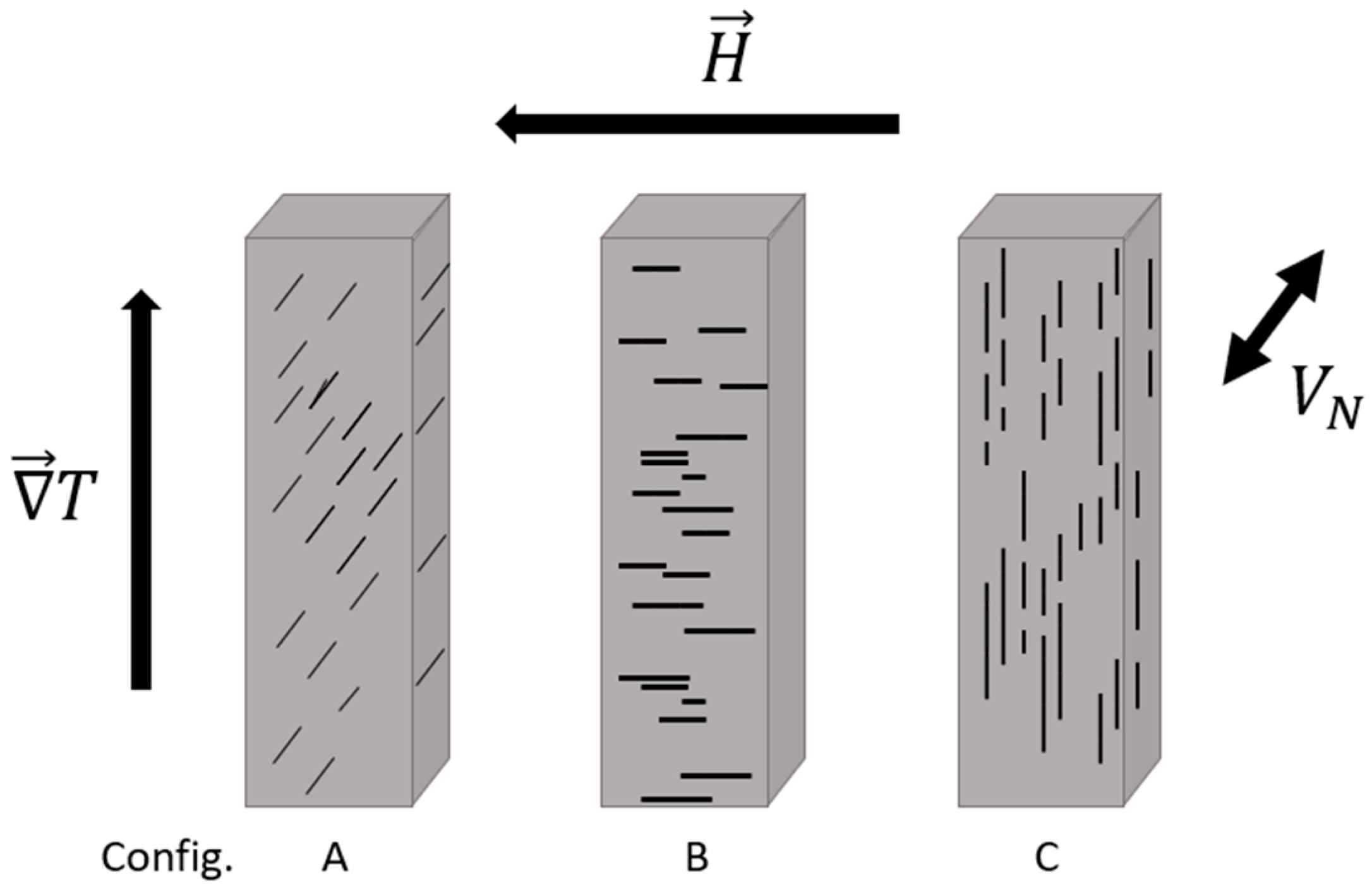
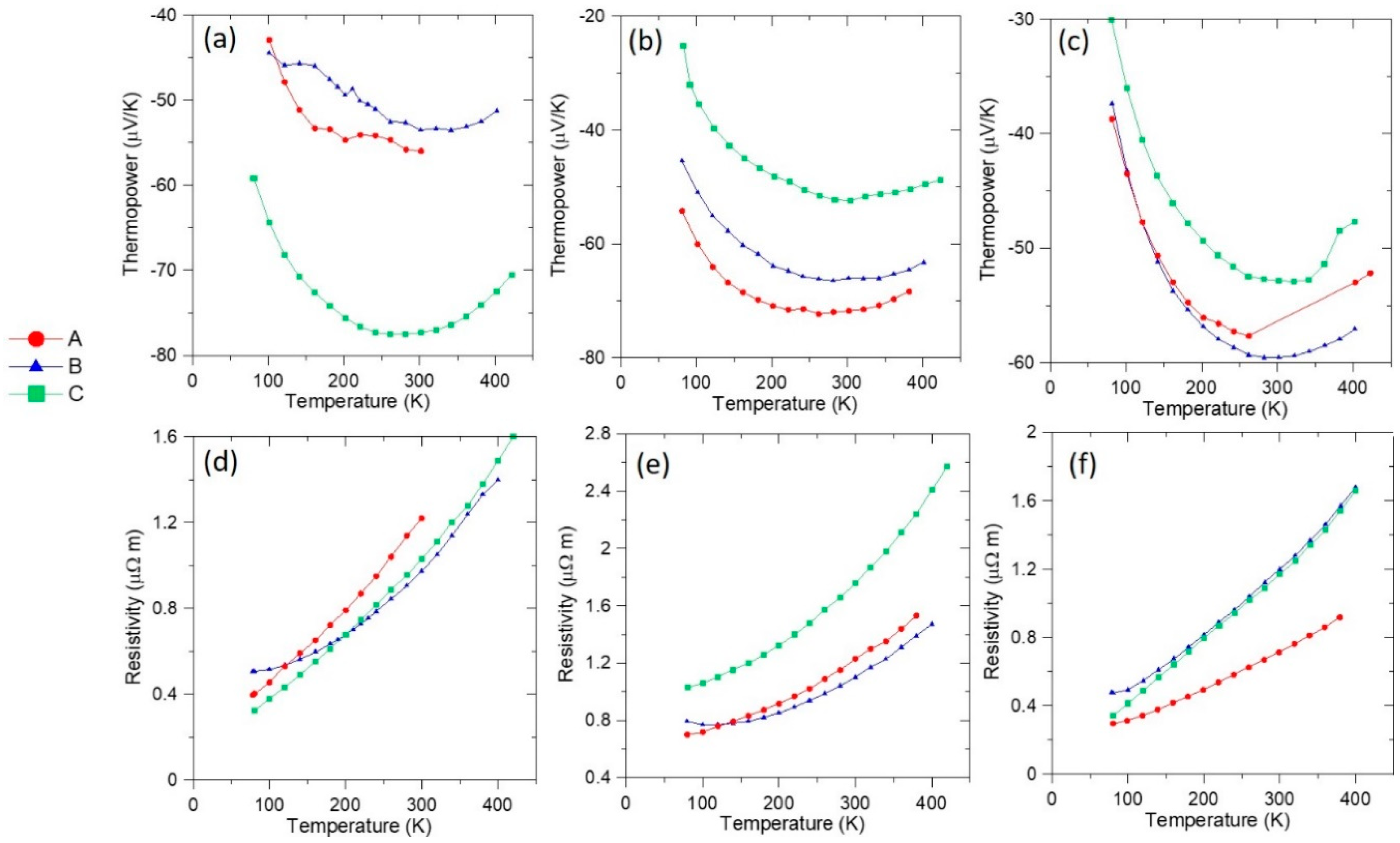


Publisher’s Note: MDPI stays neutral with regard to jurisdictional claims in published maps and institutional affiliations. |
© 2020 by the authors. Licensee MDPI, Basel, Switzerland. This article is an open access article distributed under the terms and conditions of the Creative Commons Attribution (CC BY) license (http://creativecommons.org/licenses/by/4.0/).
Share and Cite
Wooten, B.L.; Vandaele, K.; Boona, S.R.; Heremans, J.P. Combining Spin-Seebeck and Nernst Effects in Aligned MnBi/Bi Composites. Nanomaterials 2020, 10, 2083. https://doi.org/10.3390/nano10102083
Wooten BL, Vandaele K, Boona SR, Heremans JP. Combining Spin-Seebeck and Nernst Effects in Aligned MnBi/Bi Composites. Nanomaterials. 2020; 10(10):2083. https://doi.org/10.3390/nano10102083
Chicago/Turabian StyleWooten, Brandi L., Koen Vandaele, Stephen R. Boona, and Joseph P. Heremans. 2020. "Combining Spin-Seebeck and Nernst Effects in Aligned MnBi/Bi Composites" Nanomaterials 10, no. 10: 2083. https://doi.org/10.3390/nano10102083
APA StyleWooten, B. L., Vandaele, K., Boona, S. R., & Heremans, J. P. (2020). Combining Spin-Seebeck and Nernst Effects in Aligned MnBi/Bi Composites. Nanomaterials, 10(10), 2083. https://doi.org/10.3390/nano10102083






